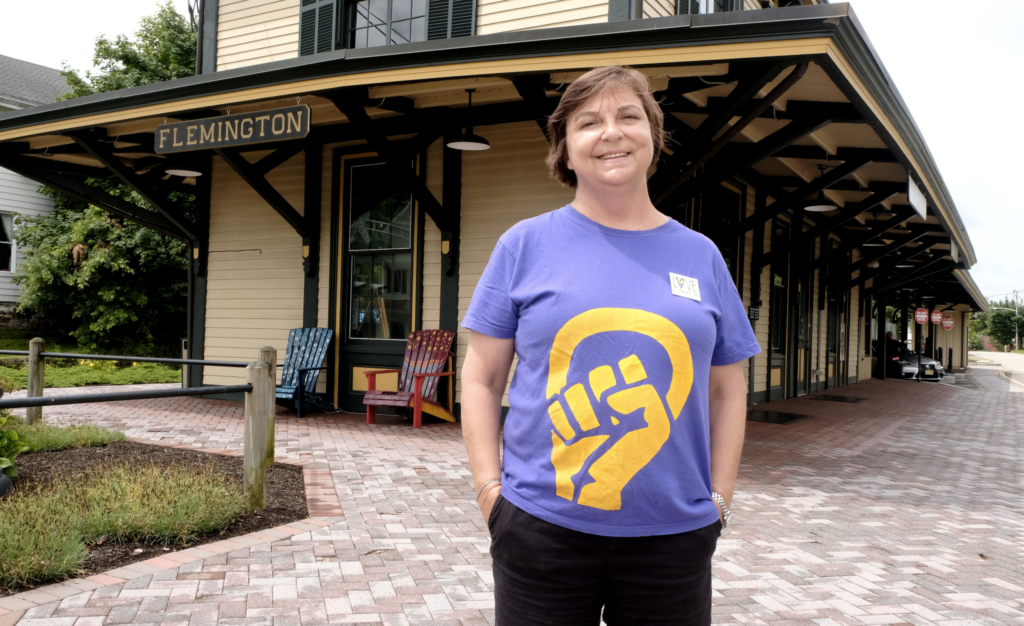Amy Moran, Ph.D. and Kate Okeson
In our continuing commitment to an intersectional approach on LGBTQIA+ topics in education, we are drawing attention to people—whether students, colleagues or community members—who live at the intersections of multiple identities, who may experience greater challenges in educational settings, or for whom the complexity of a multifaceted identity is a gift. Our hope is to open conversations and encourage approaches that acknowledge the multitudinous nature of identity and increase acceptance and affirmation of all.
In this second month of school, we’re settling into the rituals and routines in our classrooms and getting to know our students more deeply with each conversation, each activity and each assessment. In doing so, we’re deepening our awareness of each student’s unique learning styles and honing our pedagogies to address the breadth of learning needs to the best of our abilities.
By October, many of us have learned our students’ personal pronouns, have made our support of the LGBTQIA+ community visible in our classroom decor and audible in the affirming things we say about different people’s identities. We’ve also read through IEPs and worked collaboratively with general- and special-education teachers as well as child study team members in order to enact best practices for teaching the individual learners in our classrooms.
October is Learning Disability Awareness Month, and we’re able to acknowledge that 2.5 million students in the U.S. have specific learning disabilities, such as dyslexia, dysgraphia or dyscalculia. Six million have been diagnosed with ADHD.
At the same time, nearly 2 million 13-17 year olds in the U.S. identify as LGBT, so we can extrapolate that over 7 million school-aged kids, ages 5-17, identify as LGBT nationwide (whether or not they’re able to self-identify as such just yet). In fact, 55,000 13-17 year olds identify as LGBT in New Jersey alone.
An often overlooked portion of New Jersey’s LGBTQ-inclusive curriculum mandate is the “…and persons with disabilities…” portion. It’s critical that educators understand students can be part of both of those communities, and also have a tough time accessing one or the other due to lack of representation, affirmation, and/or inclusive language in classrooms and schools.
This challenge was the topic of a conversation between Kate Okeson and JoAnn Johnson. They discussed how students with disabilities who are also members of the LGBTQIA+ community sometimes lean in more toward their queerness than students in general education might. Queer students with disabilities may be able to access social connection and supports through queer community building—like in the context of a GSA–in ways that associations with their sometimes-stigmatized disability diagnosis don’t replicate.
“At the high school level, it is a little more acceptable to be LGBTQIA+ than to say you have a disability, and that demonstrates the gap in our understanding of disability as an identity,” Johnson says.
This provides a call to action for learning professionals to elevate disability visibility, pride, and disabled persons’ contributions to our culture and society, just as we continue to do so for people in the LGBTQIA+ community.
Intersex Awareness Day is Oct. 26!
What’s the “I” in LGBTQIA+? Intersex is an umbrella term for physiological, chromosomal and hormonal variations in human bodies that don’t fit neatly into the categories of “female” and “male.”
- Are you a biology teacher who has addressed intersex issues in your curriculum?
- Are you a nurse, guidance counselor, GSA advisor, or child study team member with an anecdote to share about a time you worked with an intersex student?
- Are you ready to learn more about intersex issues and how they might be addressed in your classroom, curriculum, or affirmation practices?
Reach out to us with experiences, anecdotes and questions at rainbowconnectionnjea@gmail.com.

National Coming Out Day is Oct. 11!
“People like me, gay people, undocumented people, undocumented gay people—are not ‘coming out.’ We’re just letting you in, and, in the process, asking you to find yourselves in us.”
– Jose Antonio Vargas, queer rights and immigration justice activist
October is LGBTQIA+ History Month
One way to increase the visibility of LGBTQIA+ people is by expanding our familiarity with icons across all aspects of our culture—from news anchors and judges to authors and U.S. governors.
Let’s teach ourselves and each other about the wonderful and important contributions of queer people throughout history! Let’s explore an icon each day this month! Visit the LGBT History Month website to meet 31 icons and to explore 496 more!